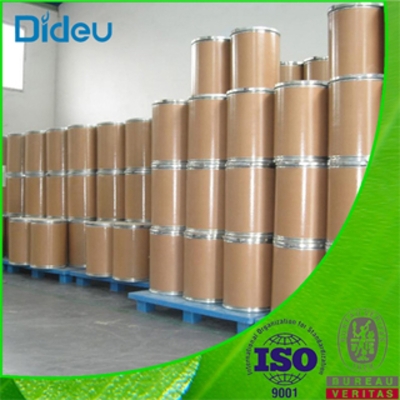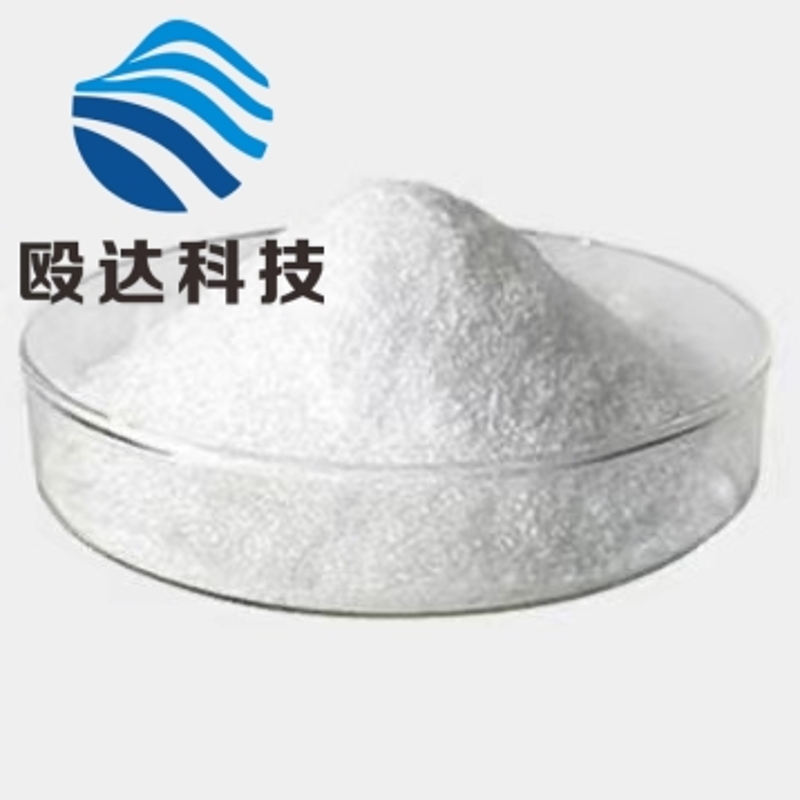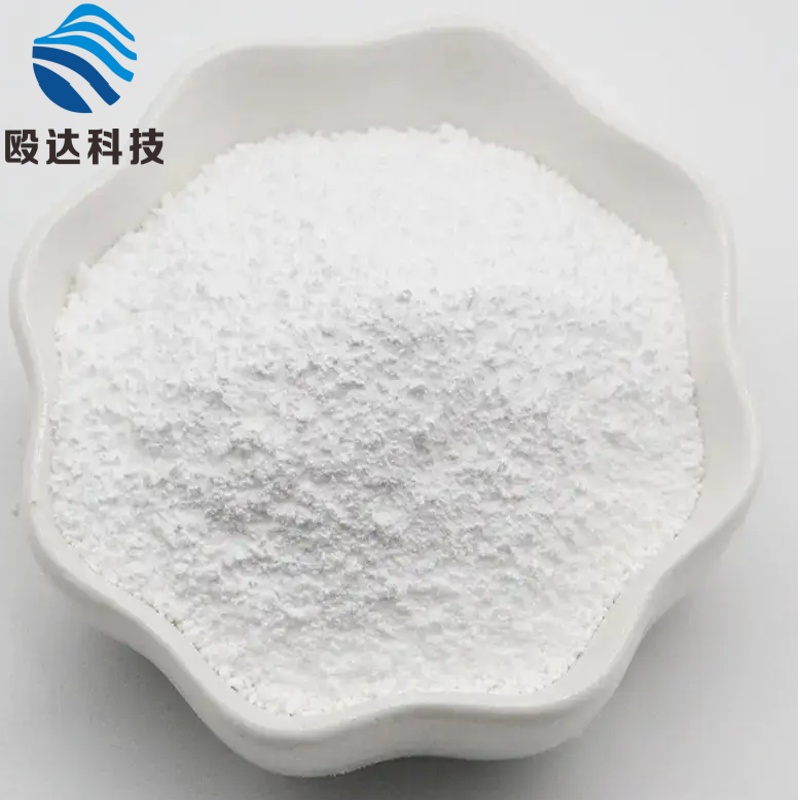-
Categories
-
Pharmaceutical Intermediates
-
Active Pharmaceutical Ingredients
-
Food Additives
- Industrial Coatings
- Agrochemicals
- Dyes and Pigments
- Surfactant
- Flavors and Fragrances
- Chemical Reagents
- Catalyst and Auxiliary
- Natural Products
- Inorganic Chemistry
-
Organic Chemistry
-
Biochemical Engineering
- Analytical Chemistry
- Cosmetic Ingredient
-
Pharmaceutical Intermediates
Promotion
ECHEMI Mall
Wholesale
Weekly Price
Exhibition
News
-
Trade Service
01 Molecular diagnostics industry is developing rapidly
01 Molecular diagnostics industry is developing rapidlySocial development, the new situation of medical infection, and the new crown epidemic have created positive factors
Aging
AgingThe incidence of infectious diseases and tumors is increasing
The incidence of infectious diseases and tumors is increasingChina's population over 60 years old is 264 million, accounting for 18.
Urbanization and emerging viruses have led to epidemics of infectious diseases
Urbanization and emerging viruses have led to epidemics of infectious diseasesAt the end of 2021, the urbanization rate of China's permanent population is 64.
The emergence of resistant microorganisms is a great threat
The emergence of resistant microorganisms is a great threatAntibiotic abuse has spawned hyperdrug-resistant microorganisms, and if effective measures are not taken, it is estimated that by 2050 10 million people will die from infections with resistant bacteria worldwide every year, and the economic loss will reach 100 trillion US dollars, and microbial resistance has become a global public health crisis
The COVID-19 pandemic accelerates the development of the industry,
The COVID-19 pandemic accelerates the development of the industry,Domestic PCR laboratories are blooming everywhere
Domestic PCR laboratories are blooming everywhereBefore the epidemic, PCR laboratories were mainly in large tertiary hospitals, CDC, research institutes and laboratories, and other institutions, and had very high requirements
In addition to the above points, the development of the molecular diagnostic industry also has the influence of favorable factors such as precision medicine, early tumor screening, and graded diagnosis, which will not be carried out
The domestic molecular diagnostics market grew from 2.
The global market size also shows a steady growth trend, some data show that from 2013 to 2019, the global molecular diagnostics market size increased from 5.
02 Development trend of molecular diagnostics industry
02 Molecular diagnostic industry development trendSince Kary Mullis invented PCR technology in 1983, PCR technology has been widely used in prenatal diagnosis, early tumor screening, infectious disease detection, concomitant diagnosis, drug resistance testing and many other scenarios
✦
Technology trends
Technology trends✦
01 Fast
01 FastThe new crown epidemic has fully exposed the weaknesses
At present, the rapid PCR on the market is mainly achieved through the following aspects:
//
(1) Improve the temperature control module to increase the temperature change speed:
(1) Improve the temperature control module to increase the temperature change speed:On the one hand, the semiconductor cooler (TEC) module can greatly increase the temperature rise and fall speed with the breakthrough of technology, and the algorithm optimization can control the PCR reaction time within
(2) Modified reaction vessel (i.
(2) Modified reaction vessel (i.
B.
C.
(3) Reduce the reaction volume:
(3) Reduce the reaction volume:The smaller the PCR reaction, the faster the temperature rise and fall, and the higher
In addition to the above improvements, there is a greater need for simultaneous improvement of reagent performance, and rapid Taq enzyme screening and reaction system optimization have become key steps
to facilitate rapid PCR implementation.
Fast, must be premised on not degrading performance!
There are many thermostatic amplification products on the market, and they claim to be comparable to PCR technology
with fast detection speed and low equipment cost as gimmicks.
The constant temperature amplification method basically has the problem of poor sensitivity and specificity, the primer design is not as simple as PCR, and the reagent cost is higher than that of PCR reagent.
In order to compensate for the shortcomings of constant temperature amplification performance, a combination of constant temperature amplification + CRISPR has appeared on the market, which increases the cost and complexity
.
There are also some combinations of thermostatic amplification + chromatography strips, which is a practice that loses sensitivity, but can be done in the low-end market
.
There is also a hands-free direct expansion reagent, which skips the nucleic acid extraction (enrichment) process, only to pursue the simplification and convenience of operation, losing detection sensitivity, for applications that require high sensitivity, it is easy to appear false negative
.
Whether it is detection performance, or reagent cost (raw material maturity and price), PCR is unmatched, and no technology has been found in the field of science and technology that can truly replace PCR
.
As for the cost of PCR instruments, it is no longer a problem
.
On the one hand, manufacturing costs have dropped significantly, on the other hand, the business model of the IVD industry determines that in the face of reagent dosage, the cost of instruments is negligible
.
02 Reagent liquid preservation
02 Reagent liquid preservation Traditional PCR kits generally require cold chain storage and transportation of about -20 °C to ensure the biological activity
of the active ingredients of the reagent.
Cold chain transportation costs are high and there are no cold chain transportation conditions in many places, and repeated freeze-thaw of reagents will also affect the performance and shelf life of detection reagents
.
Another method is to freeze-dry the PCR reagent, but the difference in lyophilization parameters and processes will cause uneven reagent performance
.
In addition, reagent lyophilization itself will increase the cost
of reagent production.
At present, manufacturers in the industry have developed PCR reagents for liquid preservation at room temperature or 4 °C, which can achieve liquid preservation
without affecting performance by screening suitable enzymes or modifying enzymes, as well as improving the stability of other components.
03 Multiple
03 Multiple Simultaneous detection of multiple pathogens or genes of interest in the same reaction tube will greatly save time and reagent costs, providing more and more accurate diagnostic information
for the clinic.
If you want to diagnose the specific pathogen of the patient's infection, the traditional PCR kit can only detect 1 to 3 targets each time, if the test is negative, you need to replace the PCR kit that detects other targets, so that the efficiency is greatly reduced, abnormal blindness, commonly known as "needle in a haystack"
.
To make the diagnosis, differential diagnosis and exclusion diagnosis faster, multiple detection techniques are required
.
The implementation of multiple detection technology can be achieved
by increasing the number of instrument fluorescence channels, melting curve, chip hybridization, mNGS and other methods.
✦
Product development trends
Product development trends✦
Product development and application scenarios are closely related, clinical molecular diagnosis compared with other applications are very different, clinical molecular diagnostics industry wants to really develop, must have insight into the terminal needs of clinical application scenarios, in order to develop the most suitable for clinical use of product forms
.
01 Samples are available for on-demand inspection
01 Samples are available for on-demand inspection An important factor restricting TAT is the way
the sample is machined.
Most of the common thermal cyclers on the market are 48/96 wells, which were originally designed for scientific laboratories, not clinical laboratories
.
Such instruments are suitable for batch detection, such as: (1) different indicators of the same sample, such as genotyping, etc.
; (2) The same indicator of different samples, such as large-scale screening of new crown and screening
of blood infections.
In the past, the clinical molecular diagnosis scene, because the sample size is small, the detection index is not much, the hospital only opens the machine once or twice a week by making samples, and the batch sample can also be done
.
TAT lasts more than a week or two, regardless of efficiency
at all.
In recent years, the situation has changed considerably
.
Various departments of the hospital have carried out various new molecular indicators or detection projects, which pose a challenge to conventional 48/96-well thermal cyclers, because the amplification reaction procedures of different indicators are different, and different indicators cannot achieve amplification reactions synchronously on a board! The patient sampling time is random, the detection index is diverse, and the 48/96 plate detection method is very inflexible
if the detection is timely.
Eliminate 48/96-well plates to make products that better meet the requirements of clinical molecular diagnostics! Just like biochemistry and chemiluminescent immunity, follow-up examination and emergency sample priority can improve the processing efficiency
of samples.
The earliest immunization also used 96-well plates, including ELISA and plate luminescence, which have been basically eliminated in addition to their applications in the field of infectious disease screening
.
At present, 95% of the PCR instruments and equipment on the market are 48/96 holes, which is bound to be eliminated!
02 Portable, miniaturized
02 Portable, miniaturized In August 2021, the "Expert Consensus on the Standardized Clinical Application of Rapid Detection of Nucleic Acids for Novel Coronavirus" mentioned that "the time required for the whole process of sample detection is significantly shortened, and the instrument is miniaturized (some detection systems are portable), with or without the characteristics of integration of nucleic acid extraction and amplification detection"
.
Portable miniaturized instrument requirements scenarios:
(1) Graded diagnosis and treatment, some community outpatient clinics, secondary hospitals, township health centers, etc.
also need molecular diagnosis, but these grass-roots medical institutions lack professionals, and there are fewer medical personnel;
(2) Emergency scene, the collection and delivery of clinical laboratory specimens takes a lot of time, how to minimize TAT has become a key factor restricting the rapid diagnosis and rapid treatment of emergency medicine;
(3) Border entry-exit quarantine, the increase in the volume of import and export goods has increased the workload of border entry-exit quarantine, while new viruses continue to appear, increasing the difficulty of quarantine, and a little negligence will cause serious economic losses;
In addition, airports, high-speed rail stations, ports and other crowded and mobile places, as well as field hospitals, etc.
all require portable, miniaturized, moderately throughput, and easy-to-operate molecular diagnostic instruments
.
03 Molecular POCT
03 Molecular POCT Molecular POCT eliminates the need for complex processing procedures for specimens in laboratory tests, and sample analysis can be performed at the sampling site to quickly obtain test results
.
It usually has the characteristics of system integration, small and portable, easy operation, fast, closed, suitable for a variety of scenarios
.
During the two sessions in 2020, Premier Li Keqiang proposed to develop iterative nucleic acid testing technology
that does not require laboratory environment, has shorter testing time, more convenient means, higher accuracy and safer as soon as possible.
This is the hottest field at home and abroad in recent years! There are some molecular POCT players in the world, and the market recognition is relatively high: Saipei GeneXpert, Bio Mérieux Filmarray, these two companies in 2021 sales of 3.
5 billion US dollars and 1.
26 billion euros, although the sales price is expensive, but because of the product performance and ease of use is still selling
。 Other good products include Roche Liat & GeneMark, QiaStat-dx, Visby, of which Visby is a device-free microfluidic handheld PCR detection card, simple operation, 30 minutes to produce results
.
In recent years, at least 50 to 60 molecular POCT companies have emerged in China, but in a strict sense, it is generally in a state of "difficult production", either the product has not really been developed, or it is difficult to mass-produce, or the cost is too high, or the registration is too difficult, in short, the market has not seen a product comparable to SaiPei GeneXpert, and the industrialization of domestic molecular POCT still has a long way to go
.
04 Large automatic assembly line, fully integrated
04 Large automatic assembly line, fully integrated Small testing equipment is subject to sample detection throughput and automation, and the market position is only auxiliary
after all.
The mainstream of the IVD industry market must be a large-scale automatic assembly line, of which the molecular assembly line has the highest research and development threshold, known as the industry highland
.
At present, the market is basically blank, the real blue ocean market!
Fully integrated, requiring all operations of nucleic acid detection to be completed automatically, without manual operation or intervention, including: automatic opening and closing of the lid, pipetting and cupping, extraction and purification, system construction, amplification detection
.
One machine equals one PCR lab
.
In other areas of the IVD industry, blood cells, coagulation, biochemistry, immunity, etc.
have been fully automated, but molecular diagnostics have not been fully realized and popularized
because of technical thresholds and complexity of operational processes.
Different from other IVD products, nucleic acid analysis is too sensitive and has zero tolerance for sample cross-contamination and aerosol pollution, so in addition to the difficult mechanical structure design, there are also high requirements for airflow control and module closure, which further increases the threshold
for research and development.
The roche Cobas 6800/8800 nucleic acid analysis system, designed and developed for Blood Screening (HBV HIV HCV), is a well-known nucleic acid analysis system on the market
.
In addition to Roche Cobas, other pipelines have begun to appear sporadically on the market, but the number is still very small
.
In the post-epidemic era, molecular diagnosis will eventually return to clinical routine testing, and these 96-well plate-based assembly lines have too many problems:
(1) It is impossible to achieve sample on-demand inspection, cannot cope with the diversity of detection indicators, can only be tested in batches, and the application scenario may be limited to screening tests such as blood banks and new crown;
(2) It is impossible to solve the aerosol problem, and almost all kinds of reagent consumables, extraction, system construction, and amplification are on
one plane.
Roche is still doing a good job, with a certain degree of partitioning; Those domestic nucleic acid workstations or sample pre-processing equipment, basically are "Chase Shop", a space integrated with a variety of experimental operations, the design is simply outrageous, very shocking, if it is not the new crown overall positive rate is very low, I am afraid that there will be a big incident;
(3) The flux is too low
.
The throughput of roche Cobas 6800 is 96 results /3 h, 864 results/8 h, 1440 results/24 h; The throughput of the Cobas 8800 is 96 results /3 h, 1824 results/8 h
.
The overall throughput is not very fast
.
The fully automatic nucleic acid analysis system launched by a domestic luminescent enterprise can produce the first result in 100 minutes, 200 tests/8 hours, and only 25 tests can be processed in one hour; A company in Hangzhou, the flux is 32 tests / hour
.
The market expects random and flexible detection of samples, easier aerosol resistance to mechanical structure design, and higher throughput assembly lines
.







